Young dogs are especially susceptible to cold-weather problems for the same reasons they’re so adorable: all that puppy energy. To address your puppy’s high energy, consider giving him a good supply of hard chew toys, which can really help burn up energy indoors. When you do venture out, keep it short, no more than 10 to 15 minutes three or four times a day. Watch for shivering, which may indicate hypothermia, and also be aware of frostbite, which occurs when skin reaches a temperature of 23 degrees F for a period of time. Frostbite often shows up as red, painful skin in the webbing between the toes or at the tips of the ears.
Housebreaking a puppy in winter is basically the same as at any other time of year. However, never leave your puppy outside unsupervised, and it’s probably best to wait until the weather improves before moving those training papers outdoors.
Q. I see dogs being walked in my neighborhood wearing coats and little boots. Are these really necessary?
A. Dressing your dog for cold weather is not a fashion statement; it’s a necessity. Many dogs, large and small, have low body fat, especially lean dogs, like Chihuahuas, Greyhounds, and Weimaraners — and all their various mixes. Other dogs, like mixed Poodles, the Shih Tzu, the Maltese, and many Terrier mixes have hair rather than fur. These dogs also appreciate a bit of winter layering. So err on the warm side and buy your dog a cozy, water-resistant coat or sweater. This is important for young dogs, too.
And then there are those booties. Dogs benefit tremendously from wearing waterproof boots during harsh weather. Not only do they protect foot pads from ice and sharp objects hidden in the snow, they also guard against harsh chemicals in ice melt. It’s important that the booties fit well so your dog feels confident and steady on his feet.
Be sure your dog is dry after every outing. And even if he wears booties, check his paw pads for chaffing and irritation from dry, warm heat. There are several moisturizing ointments on the market that soften and treat cracked paws and protect against hot sand and pavement in summer, too.
Q. My dog loves to run off-leash in the winter. Is this a problem?
A. Yes, it certainly could be. Whether or not your dog wears a coat and booties, there’s one accessory he should never be without: his leash. More dogs are lost in winter than at any other time of the year. Snow can disorient your dog, and cold can diminish the power of familiar scents. It’s wise to microchip your dog and be sure he wears a collar with his ID just in case the worst should happen.
In addition, a dog off-leash can suddenly bolt across a field and land on what looks like frozen water — but isn’t — ending up in a frigid, life-threatening situation. Keeping your dog on-leash also helps you control other dangerous winter behaviors like eating snow, which might contain contaminants, or drinking from ditches or gutters where winter runoff can carry poisonous substances like anti-freeze.
Q. Sometimes my dog curls up in front of the fireplace. Should I worry?
A. Fireplaces are irresistible, but they can be dangerous for your dog. Just like us, most dogs are drawn to warmth, but sparks and flames from a crackling fire can hurt him. Be sure to use a fire screen and keep your dog at a safe distance from the fireplace. The same goes for space heaters. Don’t leave your dog unattended in a room with a space heater. It could burn your dog, or he might knock it over, possibly causing a fire. And don’t play with your dog near a roaring fire or a space heater. A little slip could mean a serious burn.
Dogs with breathing problems like asthma should never be exposed to wood burning stoves or irritants like fireplace smoke.

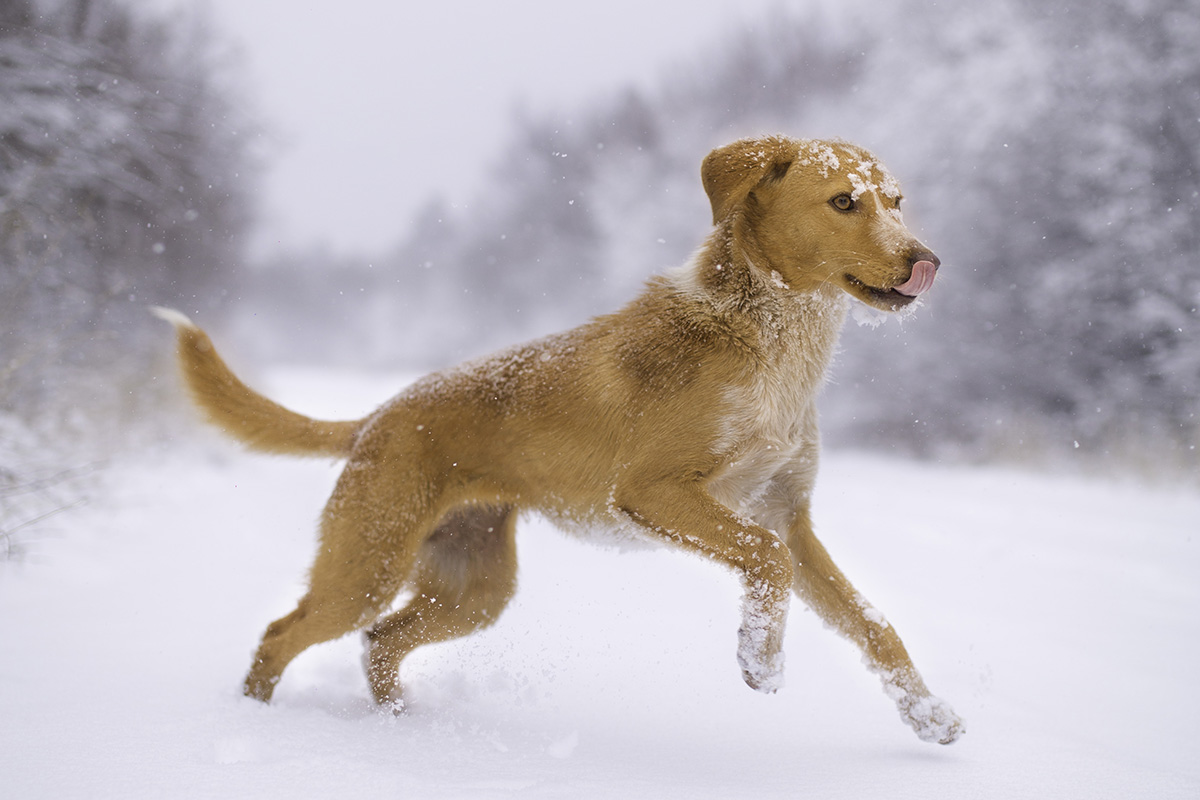
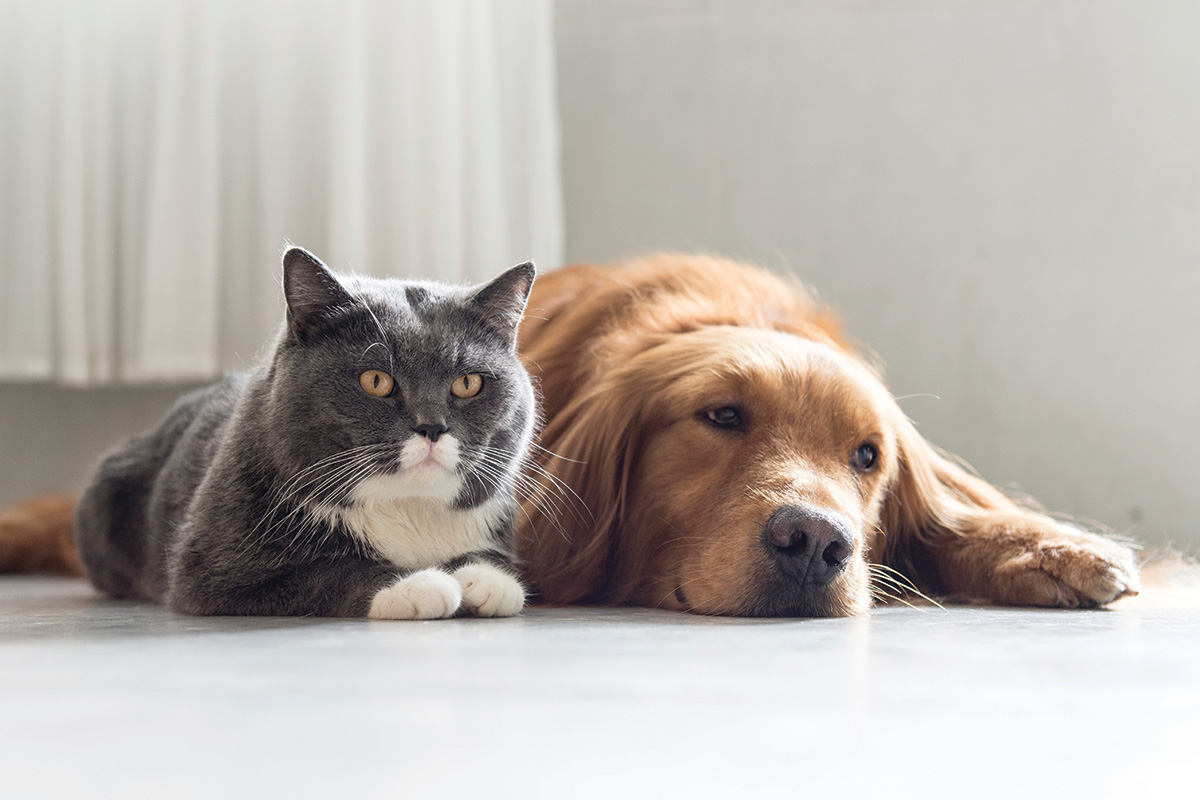

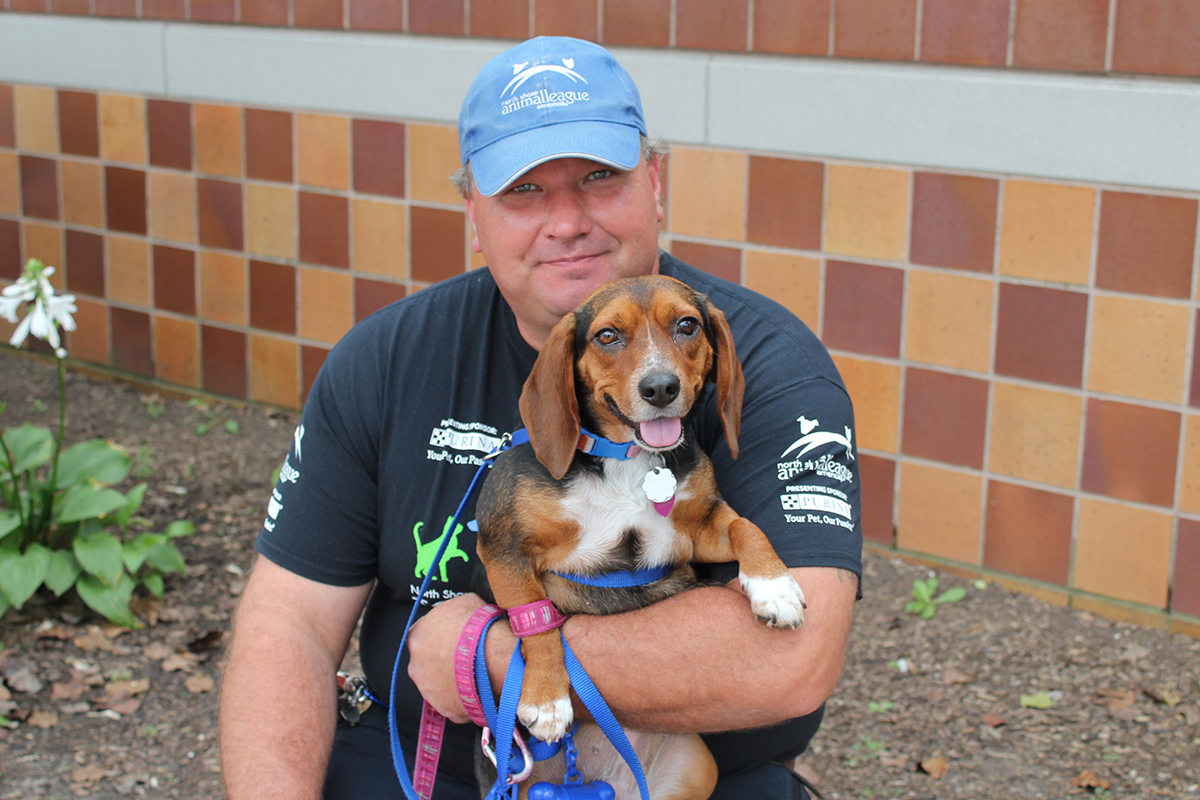
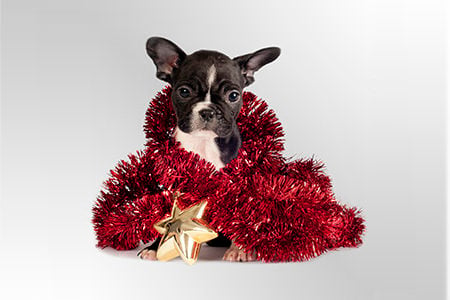
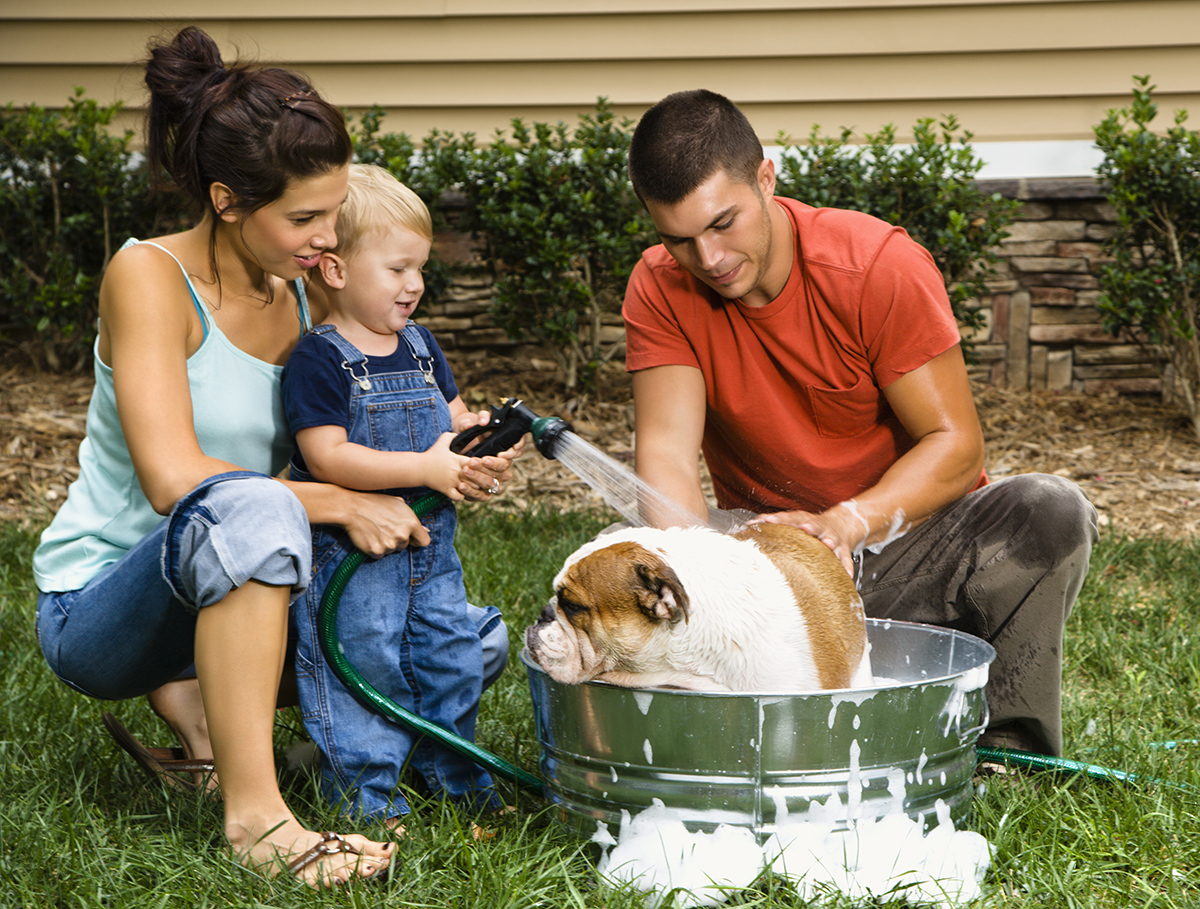
Leave a Reply